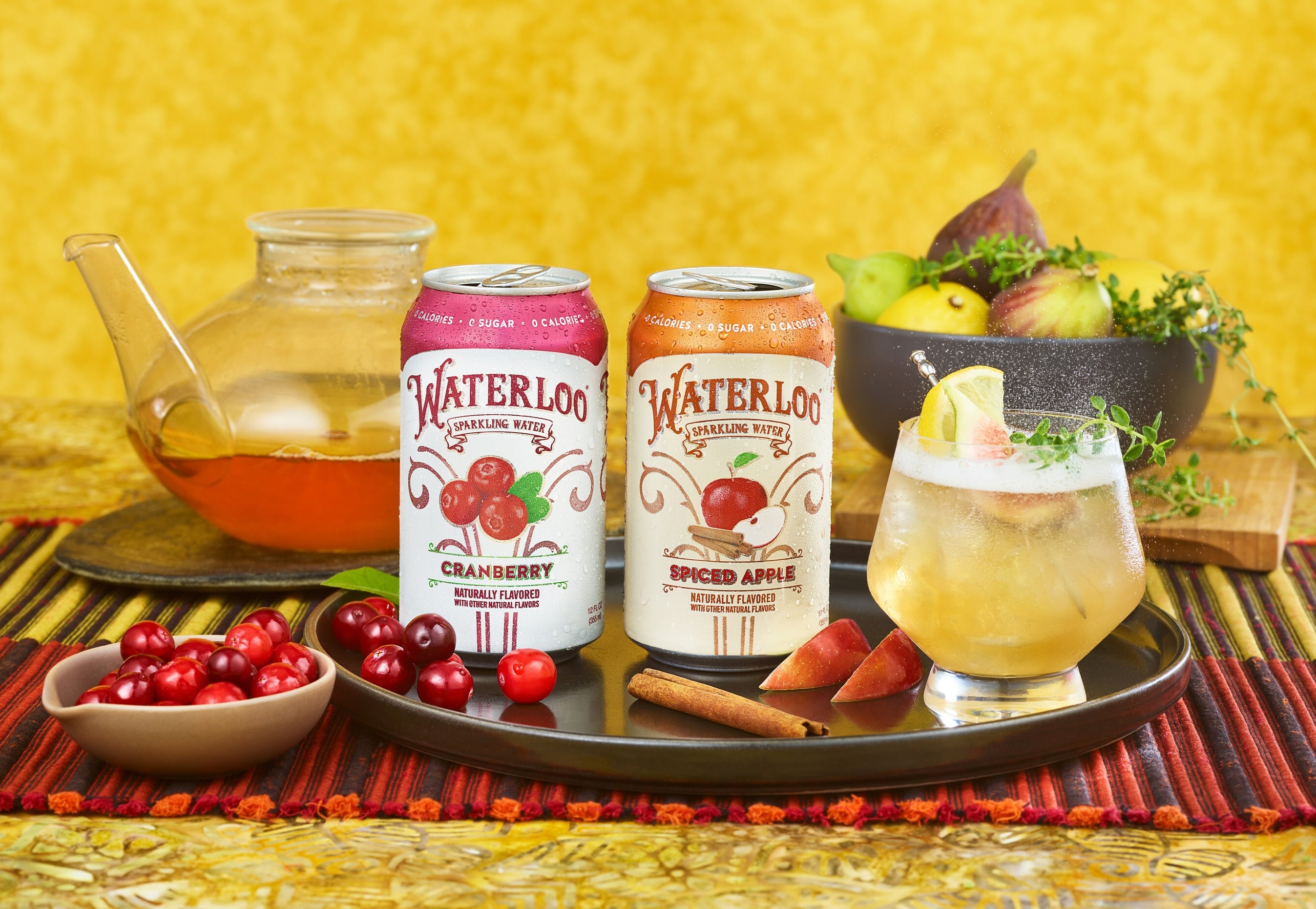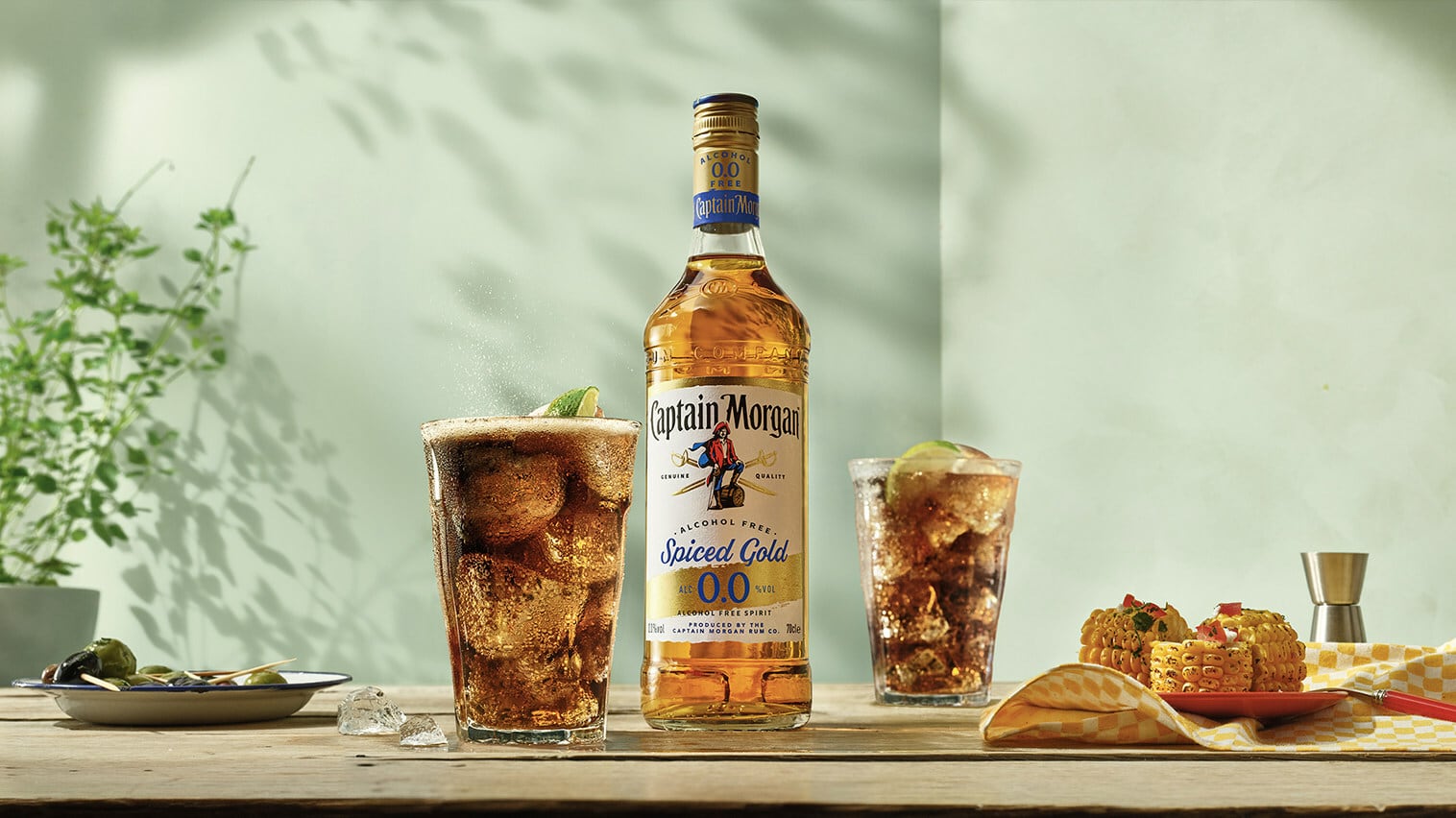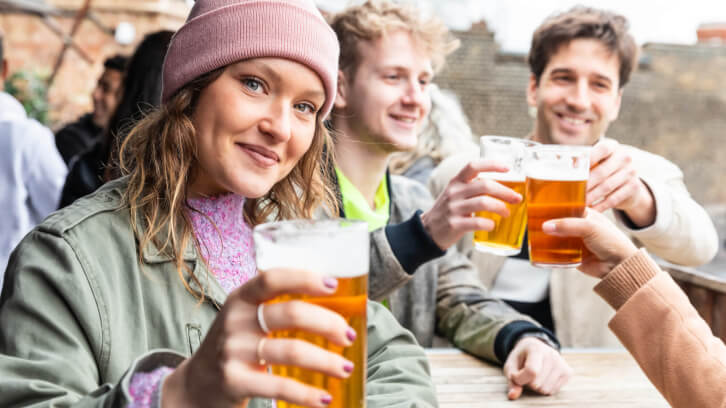Charity Drinkaware set out to examine the question in the UK: drawing on 52,199 responses between 2017 and 2023 (this includes 5,213 responses from young adults and 46,986 responses from adults aged 25 and over).
The charity found that the proportion of young adults (aged under 18-24) who do not drink has increased from 14% in 2017 to 21% in 2023. That’s compared against a relatively stable 13% abstinence figure among the rest of the population.
However, young adults who do drink alcohol are more likely to binge drink (74% vs 63% for drinkers aged 25+), and they are twice as likely to drink at high risk or possible dependent levels compared to the rest of the population (11% vs. 6%).
Positive trends
While the rate of non-drinking among young adults has increased since 2017, four in five (79%) young adults continue to consume alcohol.
Research suggests they are more likely to drink smaller amounts and drink less often compared to the rest of the population. However, data from the Drinkaware Monitor indicates the proportion of drinkers who drink the most often has remained relatively stable since 2017 even though they may be drinking less units than they have done in the past.
“Young adults are less likely to drink weekly or more often compared to drinkers aged 25 and over (56% vs 46%) and the proportion of young adults who drink this regularly has declined since 2017 (from 53% to 46%),” notes Drinkaware.
“This means less than half of young adult drinkers now consume alcohol at least once a week.
“Young adult drinkers are also less likely to drink on four or more days each week, compared to drinkers from the rest of the population (8% vs 19%).
“Despite this, the proportion of young adults who drink this regularly has remained relatively stable since 2017 (at around 9-8%). These findings somewhat support the literature which suggests young adults are drinking less often although the proportion of the most regular drinkers has remained consistent.”
Binge drinking
The charity's concern is that binge drinking remains a problem among young people.
“Young adult drinkers are the age group most likely to binge drink in the UK (74% vs 63% of drinkers aged 25 and over). However, the prevalence of binge drinking has fallen for both groups since 2017 (from 82% among young adult drinkers and 66% among drinkers aged 25 and over)."
The charity found that most young adult drinkers drink at low risk levels (59%). However, young adult drinkers are more likely to drink at increasing risk levels compared to the drinkers aged 25 and over (30% vs 26%) and are almost twice as likely to drink at high risk or possible dependent levels (11% vs 6%).
"While the proportion of young adult drinkers scoring as high risk or possibly dependent has not changed significantly from 2021 (12%), it did increase to 19% in 2022 while remaining relatively stable among drinkers aged 25 and over (approx. 6-7%). These findings indicate that young adult drinkers may be more likely to suffer adverse or negative consequences from alcohol putting them at a higher risk of experiencing alcohol-related harm compared to the rest of the population.”
Karen Tyrell, the Drinkaware's Chief Executive, said: “It is really encouraging to see more young adults choosing not to drink and those that do, drink less often. These positive trends are welcome, but we must be careful that they don’t mask some of the more concerning drinking behaviours that still exist. Young people are still more likely to binge drink than other age groups and suffer from memory loss and depression, linked to their drinking.
“We must ensure that young people’s drinking habits are not ignored, and they are properly addressed as part of any new alcohol strategy. We need to normalise conversations around alcohol, making it easier for people to speak up and get help if they are worried about their own or others drinking.”
Post pandemic trends?
What is now interesting for the charity is to see how drinking habits reshape after the pandemic.
“In 2022, there were some interesting changes to the drinking habits of young adults. One theory for these trends could be that young adults were making up for lost time after lockdown restrictions came to an end.
“The proportion of young adult drinkers who binge drink had declined to 70% in 2021 but returned to pre-pandemic levels in 2022, rising to 78%. The proportion of drinkers aged 25 and over who binge drink remained lower than compared to before the pandemic.
“Possible dependence rates almost doubled after lockdown restrictions eased in 2022 with the proportion of young adult drinkers scoring possibly dependent on the Alcohol Use Disorders Identification Test (AUDIT) – an alcohol screening questionnaire - rising from 7% in 2021 to 13% in 2022. This meant almost one in five young adult drinkers were drinking at high risk or possible dependent levels in the year after the pandemic (19%).
“The proportion of young adult drinkers drinking at home alone weekly or more often increased even though bars and pubs reopened (from 13% in 2021 to 18% in 2022). Young adult drinkers also increased drinking in situations such as on an evening or night out with friends weekly or more often at higher rates than before the pandemic (9% in 2019 vs 16% in 2022).
“There was an increase in the proportion of young adult drinkers drinking for coping reasons most of the time or always after the end of lockdown restrictions (from 18% in 2021 to 23% in 2022) while remaining stable among the rest of the population (approx. 12-13%).”




